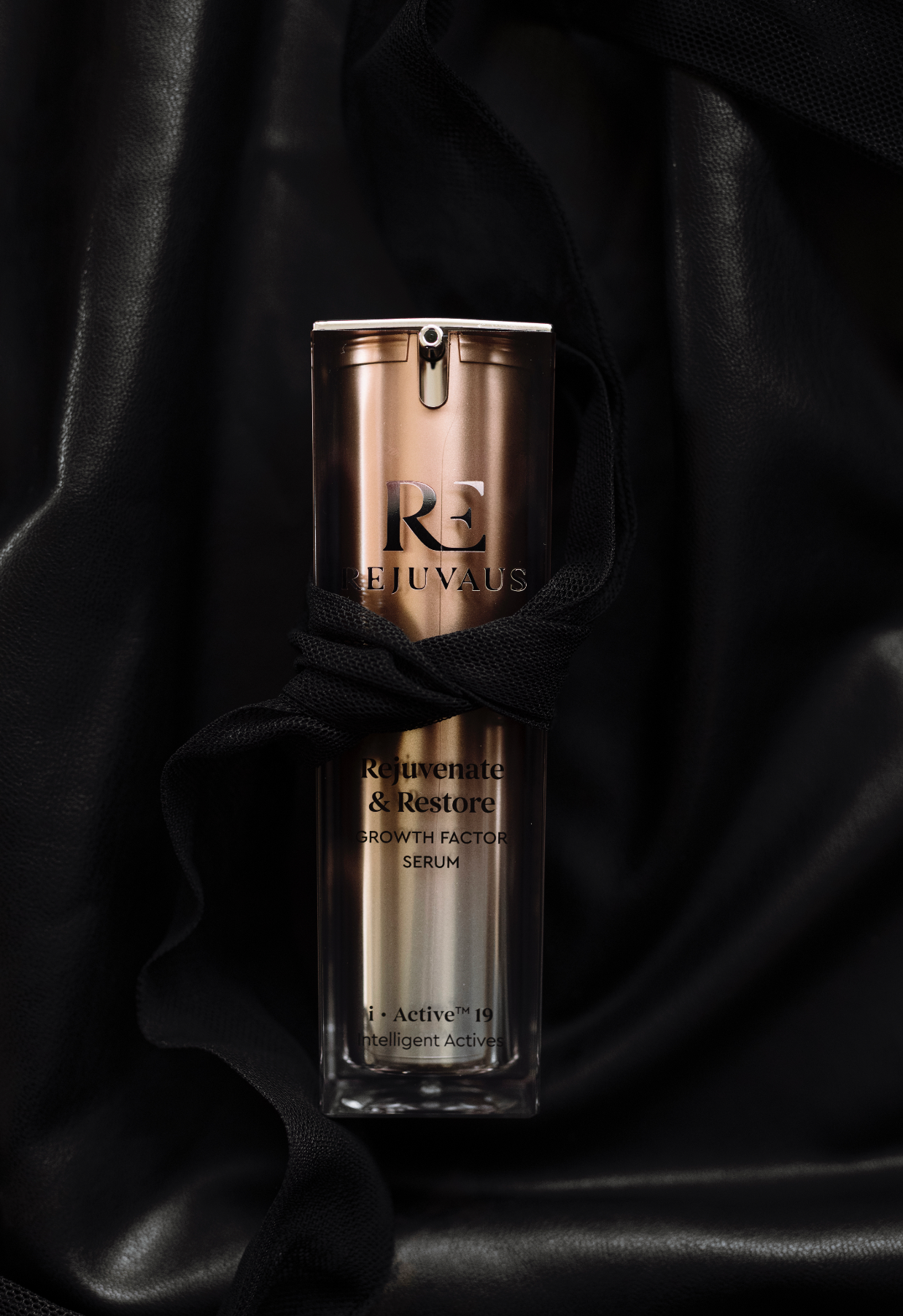You have no items in your shopping cart.

What does vitamin C do in skincare?
![[S2] Bright & Even Pigment Serum Vitamin C in skincare](https://cdn.shopify.com/s/files/1/0507/0477/7393/files/Vit-C-Featured-Cover_360x.jpg?v=1695956901)

Pigmentation & Sun Damage
Types of Vitamin C: Pure vs Derivatives
L-Ascorbic Acid
This pure Vitamin C is the same as dietary Vitamin C (the “L” merely refers to the shape of the molecule).
As mentioned above, it needs to be combined with stabiliser ingredients, and even then, it’s highly prone to oxidisation. It only absorbs into your skin at a pH level of 2.5 – 3. Your skin’s natural pH sits at 5.5, so this difference poses a risk for irritation.
Sodium Ascorbyl Phosphate
This derivative of Vitamin C is technically a form of salt. It’s stable at pH level 7 and converts into pure Vitamin C once absorbed in the skin.
Though it’s less irritating, it’s also known for being less effective than other forms.
Magnesium Ascorbyl Phosphate
This is another non-irritating derivative of Vitamin C, stable at pH level 7 and water soluble, but it is much more effective than Sodium Ascorbyl Phosphate, and it has much more evidence behind it as an antioxidant, a collagen-booster and a pigment regulator.
Ascorbyl Glucoside
This is another non-irritating derivative of Vitamin C, stable at pH level 7 and water soluble, but it is much more effective than Sodium Ascorbyl Phosphate, and it has much more evidence behind it as an antioxidant, a collagen-booster and a pigment regulator.

Superox-C
This is technically an extract from the Kakadu plum, an Australian native known as the world's richest source of Vitamin C. It’s stable at a range of pH levels and non-irritating. Clinical testing on human subjects performed by Superox-C suppliers has shown up to a 50% increase in natural Hyaluronic Acid production and visibly reduced wrinkles in test subjects who performed regular split face applications (one side Superox-C, the other side a placebo).
How to Introduce Vitamin C into your skincare
Traditionally, Vitamin C was the staple of day creams, earning it a place in beauty enthusiasts’ morning routines, but it doesn’t always have to be reserved for morning.The reason that so many day creams had Vitamin C was because night creams traditionally had Vitamin A.
The larger skincare brands would separate the two ingredients in attempt to decrease any risk of irritation (which can happen when you first start using active skincare). Vitamin A can increase your sensitivity to UV rays from the sun, so it was often recommended for evening use. Vitamin C can help reduce sun damage, so it became the natural choice for the daytime.
The problem with this separation is that Vitamins A and C can work very well together. Vitamin A helps to promote collagen production, and Vitamin C helps the collagen cells synthesise. Together, they’re a powerful youth-enhancing duo.
When you first start to use Vitamins A and C together, introduce them slowly, starting every other day, to let your skin adapt.Though Vitamin C has popped up in creams, serums, moisturisers, and even some sunscreens, we recommend using a serum because it’ll be more concentrated with fewer other ingredients to interfere with absorption.












































